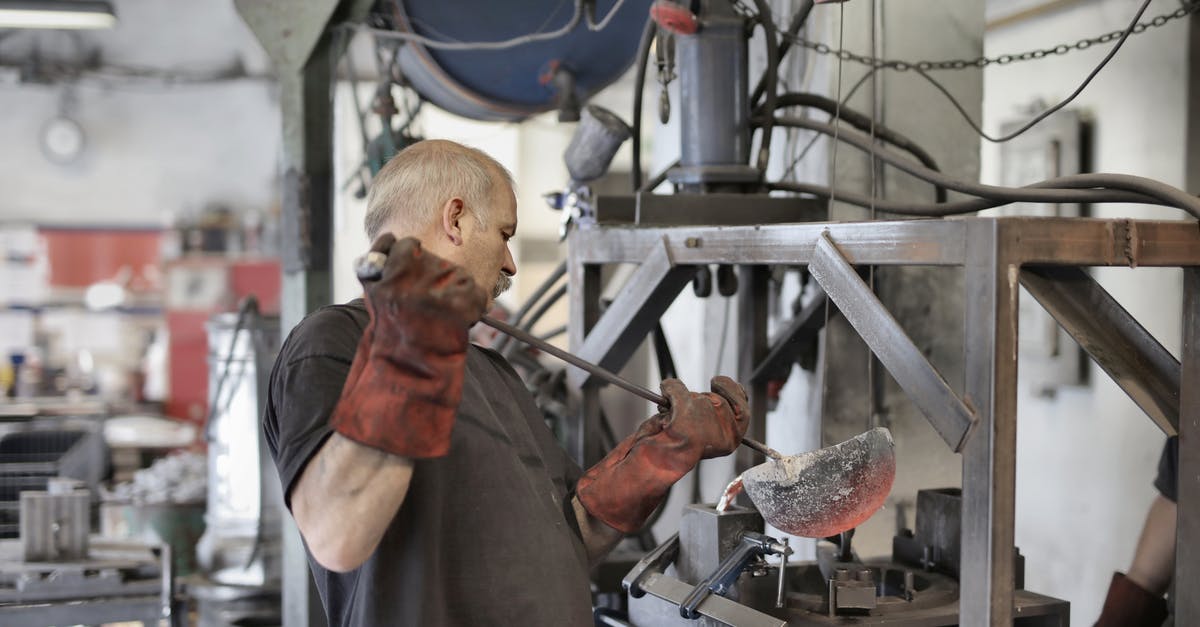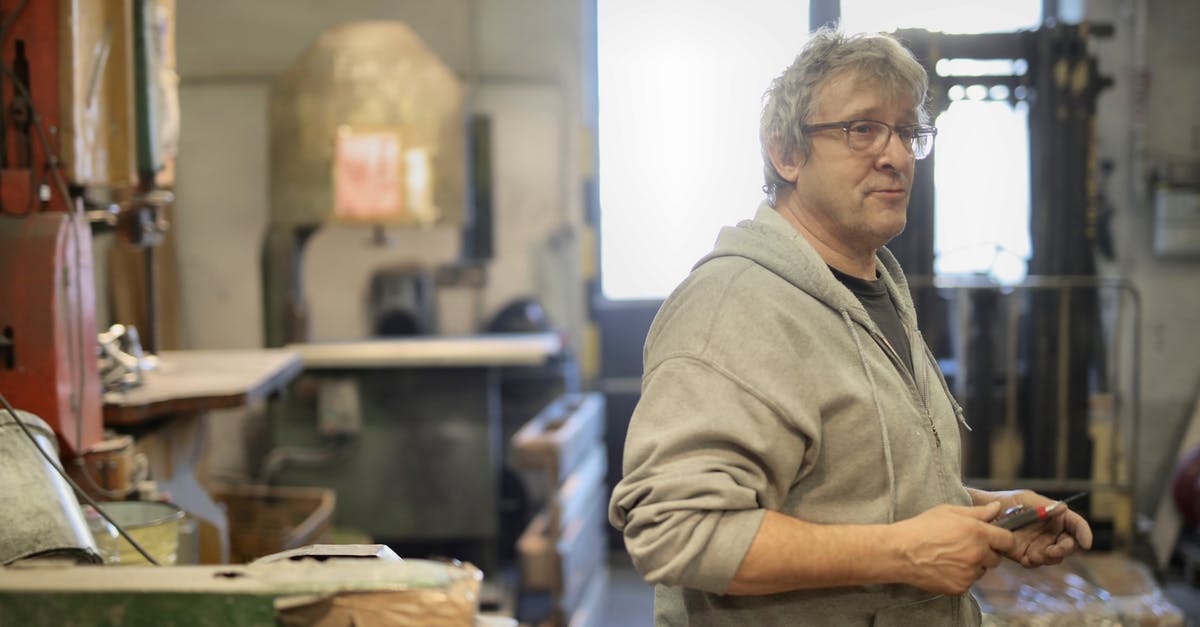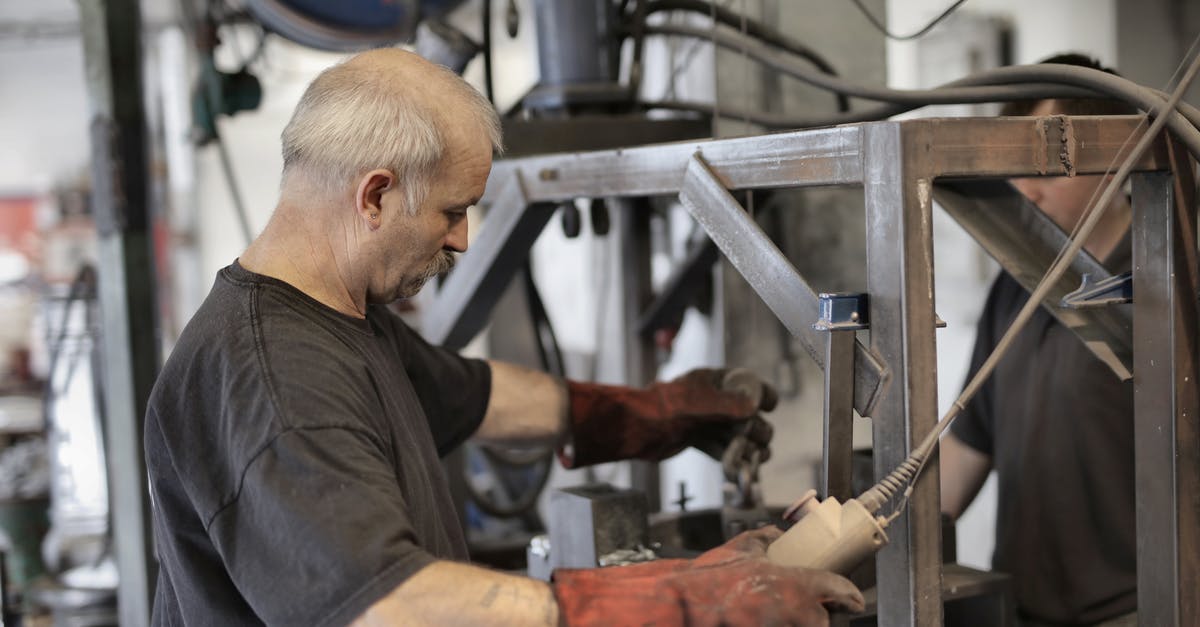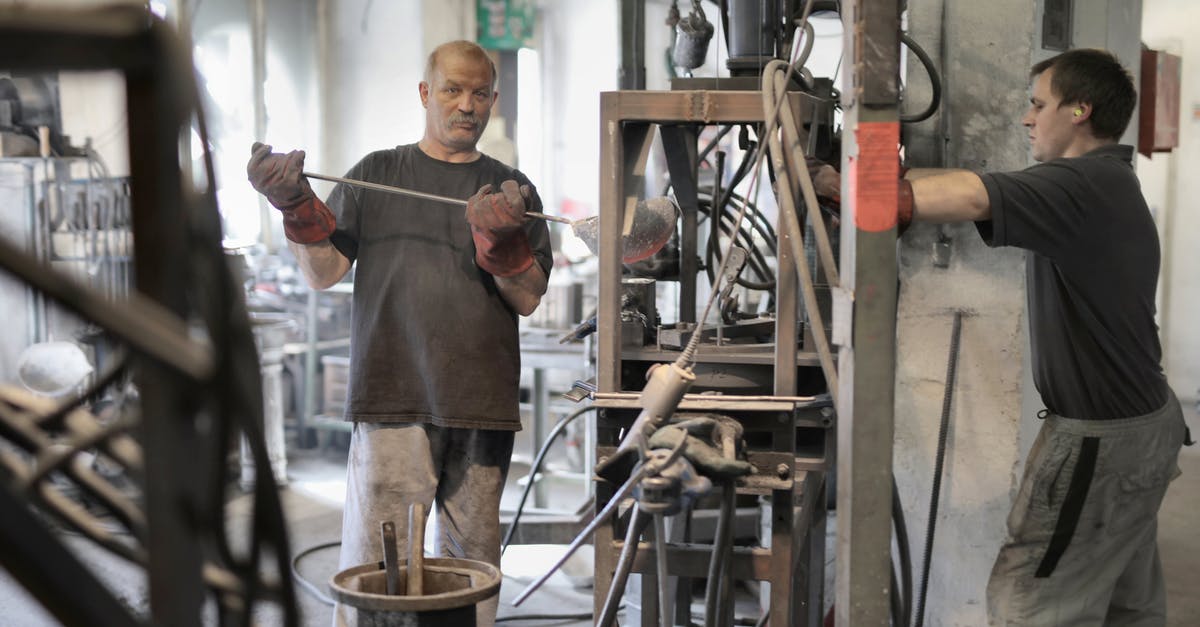Realism of the responsibilities of the senior staff in the West Wing

I am in the middle of a West Wing marathon and I was wondering regarding the powers and responsibilities that the Communications director and Deputy Communications director, as portrayed in the series. Toby Zeigler and Sam Seaborn seems to have an unusual amount of power and responsibility that one wouldn't normally attribute to someone in their position.
For eg: 1) Toby is part of the negotiations between an African country and the manufacturers of AIDS medicine.
2) They are made responsible for the Supreme court appointment.
In addition, the President seems to rely on the senior staff for an unusual number of decision making. Ok, I can agree that it is the responsibility of the Chief of Staff to counsel the President, but the press sec, Comm director?
I am interested in knowing whether the responsibilities of Toby and Sam were realistic when compared to their real life counter parts.
Best Answer
The characters of Toby Zeigler and Sam Seaborn are not just employees, people appointed to fill a particular job. Like many first term appointees, particularly to the communication positions, they were part of the inner core of Bartlet's campaign for president, and ideologically close to Bartlett. Therefore its natural that they are part of the President's policy forming team. This kind of excuses some of the scenes where they are given significant responsibility, in particular for areas that have significant political impact - perhaps even including their role in recommending Supreme Court appointments - which have huge and long lasting political consequences. Later when Will Bailey takes the role of Deputy Communications Director, he clearly has less seniority in the team than Sam had in the same role - so this says a lot about Sam's role as a trusted political advisor to Bartlett personally.
Its also the case that the President, as well as his other constitutional roles, is primarily head of the large executive branch appointed by the him during the interregnum between election in early November and inauguration in early January. The President has the final say, but the running of the executive and the decisions that need to be made are made by a large number of senior staff.
So I don't think its unusual for the President to rely on a lot of advisors, in-fact as pointed out in this article, its actually kind of odd that so few people appear to advise the president in The West Wing. To summarize what the article says about Toby and Sam, it says the show out of dramatic necessity reduces the complex bureaucracy of the White House and reduces the number of characters that perform these tasks.
Pictures about "Realism of the responsibilities of the senior staff in the West Wing"



West Wing Week: 05/07/10 or \
More answers regarding realism of the responsibilities of the senior staff in the West Wing
Answer 2
I would say that each character's responsibilities were definitely expanded upon for dramatic purposes, as they would do for any television show (such as CSI or Criminal Minds).
In the case of Toby and Sam, they would certainly be involved in policy decisions (to the extent of crafting the Executive Branch's message), but they would not be in charge nor working independent of Legislative Affairs and other departments.
Sources: Stack Exchange - This article follows the attribution requirements of Stack Exchange and is licensed under CC BY-SA 3.0.
Images: Andrea Piacquadio, Andrea Piacquadio, Andrea Piacquadio, Andrea Piacquadio
